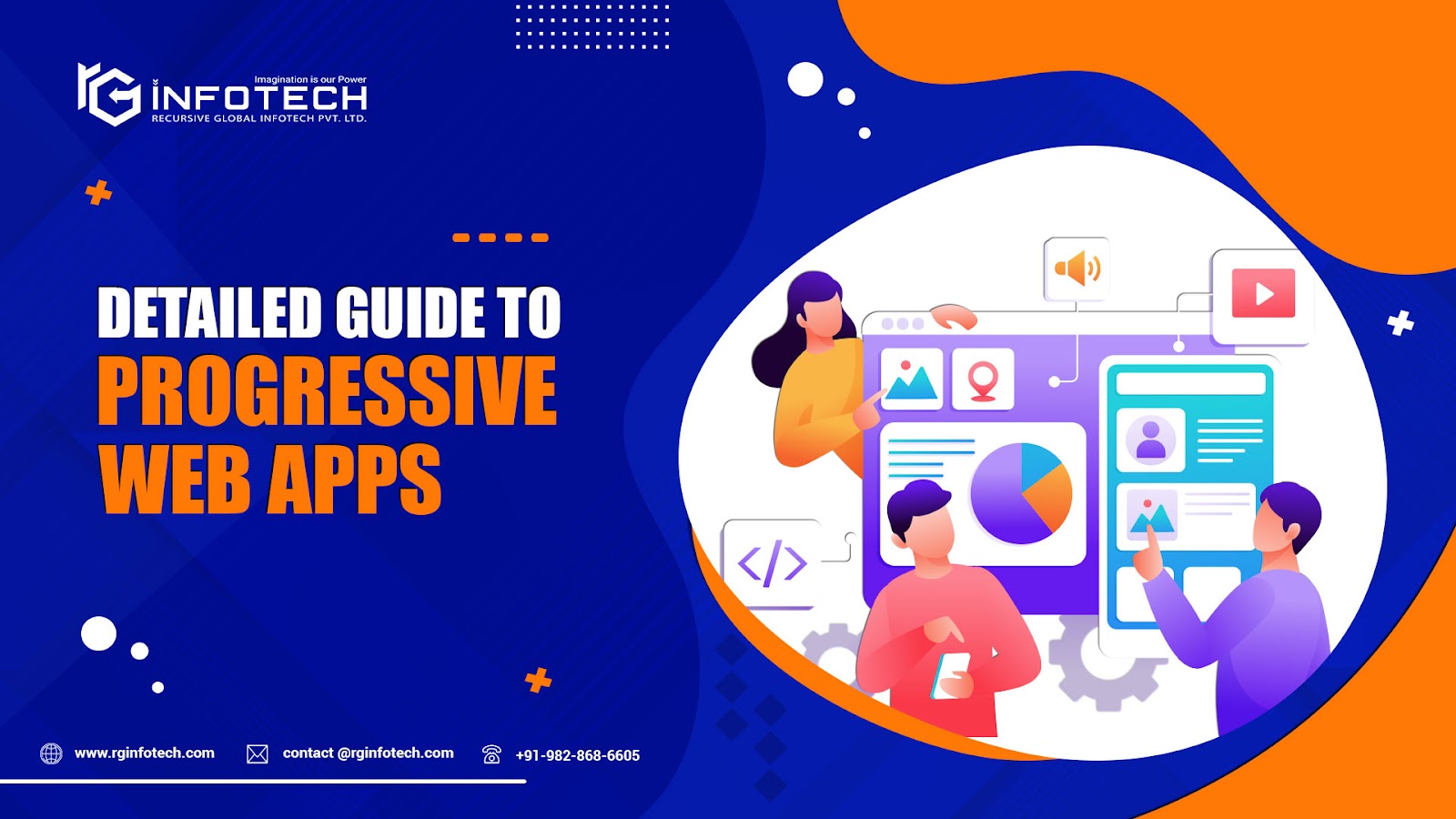Designing Digital Communities – A Software Maker’s Imperative
The Evolution of Software
Big monolithic solutions like Baan ERP, Oracle, and SAP R3 still dominated the ERP software market at the beginning of this decade. Many people were relieved that the Y2K issue was mostly resolved without any major crashes. Mobile phones were fashionable, and having a vehicle kit was a sign of status. The globe was embracing the internet. Even with how quickly technology is developing, it could take three years for new software releases to reach the market.
Monolithic architectures prevented software solutions from developing as quickly as customers desire. Client-server and thin clients replaced mainframes in a large number of new businesses. Jan Baan, the creator of the Baan Company, attacked his product and referred to it as the "mother of all complexity." In an audacious move, he founded Cordys, a new BPM firm, in 2002 to democratize development. In a multi-tenant, thin-client system, he urged "citizen developers" to design new application features using "zero-coding" techniques. Due to this, low-code platforms like Mendix, Outsystems, and many others are now possible.
This is the tale of how a solo monolithic product evolved into an open-platform solution. Nowadays, every software developer is thinking about how to take part in the ecosystem economy, whether deliberately or unintentionally. By facilitating connections between others and themselves, they are either driving a keystone role in their ecosystem or taking part in the current ecosystems of Salesforce, Amazon, Google, and Microsoft. Users have created communities to help sustain, popularize, and extend the goods as they have scaled up into platforms. They direct the use and development of the products by extending the producers' understanding of the products. User guidelines are now obsolete and even supplanted by these online communities.
Fundamentals of intellectual property (IP): IP cell division and merger
A developer finds a fix for a company's issue. It encodes its intellectual property in software, a type of machine language. The developer translates the intellectual property back into human language while generating a user manual, which ultimately results in user knowledge. The IP is the same. One may be read by a computer, the other by a person. The key is to combine them once more and provide the user with the knowledge and resources needed to address the targeted business issue.
Since knowledge is not strictly regulated, many software providers neglected to create an efficient method of disseminating the appropriate knowledge. Many will agree that because users are unaware of its existence or how to use it, up to 90% of a software's functionality is still unutilized. This is referred to as "waste" in kanban/lean tools. Achieving knowledge distribution mastery is essential for rapid and widespread product uptake and, ultimately, Return on Investment (ROI).
However, this knowledge might be transmitted more successfully as communities develop. As new features were added to products, the creators could more quickly obtain community input and use it to popularize the product and instruct other new users on how to use it. Community engineers have taken the job of writers, while support forums and communities have supplanted user instructions.
The Community’s Evolution
Etienne Wenger, a Swiss author, released his groundbreaking book Communities of Practice in 1998. There was no better time than this to occur. The book gave readers insight into how communities might develop as more individuals are connected online. People with similar interests have been able to share their knowledge thanks to online groups. MySpace, Hyves, and Facebook, as well as business platforms like inside and Verint Community, grew as a result of this. The latter, which was first introduced to the market in the early 2000s as Microsoft's Community Server, eventually went by the moniker Telligent.
Most communities were viewed as "social experiments" in the early adoptions. A recent university graduate was typically given the assignment of building it. Fresh perspectives have emerged as a result, but the junior graduate was unable to predict the much more significant effects of creating an online community. Not every community manager was able to secure sufficient executive backing for the next stage of evolution, even when a community grew and its influence on the business grew. Unfortunately, an online community does not belong in established divisions like sales, marketing, customer service, product development, etc. But it affects them all. It gave the clients a chance to speak up and be heard. All of a sudden, public comments made by clients could affect a company's reputation. Businesses are no longer allowed to decide what experiences customers should have.
Software Development and the Community: Where the two Streams Converge
Users participate in communities, whereas products participate in platforms. An employee-to-community-member ratio of 1:50 or even 1:100 is not unusual. Thus, the public is more familiar with the product than its creators. They may even utilize and disseminate it in ways its creators never intended. Companies now use user-generated content for training purposes. 80 percent of support cases at organizations without a community are knowledge-related, and 20 percent are bug-related. Whereas in businesses with a community, up to 70% of their backlog cases are connected to bugs, with the other 30% being knowledge-based.
Thus, it is clear that communities help organizations focus more effectively on defects and complicated issues by successfully disseminating knowledge to users. To focus on what consumers deem more important and required, software providers now encourage users to vote on enhancement proposals in communities. Furthermore, community-generated content outperforms conventional marketing strategies in terms of lead creation because it improves google rankings.
Innovation’s Speed
The renowned study conducted by Shell Oil in the 1980s is taught to all MBA students. After extensive investigation, Shell concluded that the ONLY competitive advantage that ensures survival is to innovate more quickly than its rivals. You can create the solution yourself or purchase one already created. Building communities is now a crucial and significant part of inventing a product or platform and fitting it to the needs of the market. Your competitive edge may come from a solid community strategy developed by professionals and customized to your requirements and industry.
Key Takeaway…
The evolution of Digital communities is highly substantial and can be noticed everywhere. It is also one of the reasons that many new software developers are coming up these days. But you do not need to worry, as you have RG Infotech beside you to assist you with any problems with software development and develop the whole software for you with perfection. The best part of it is that it’s the best in the market and also has the cheapest rates in the market.




Comments
Post a Comment